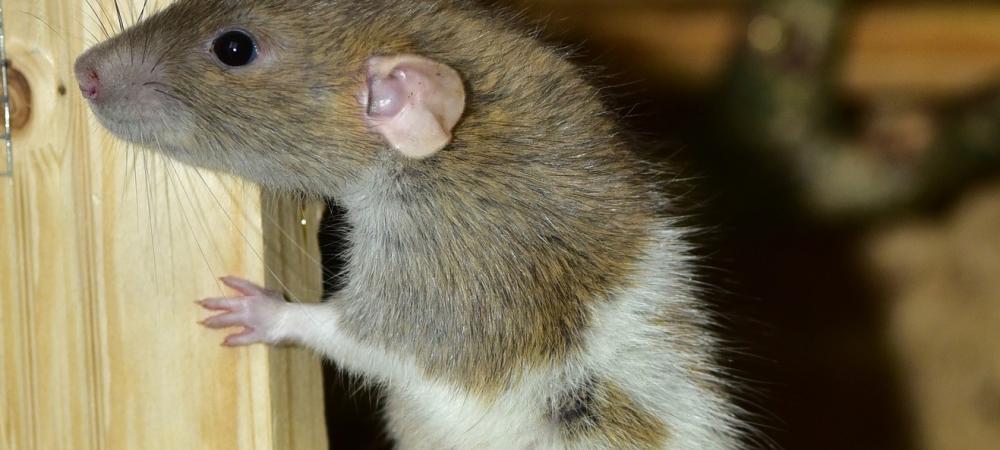NYC’s New Plan to Fight Rats: What It Means for Your Property

In June 2025, Mayor Adams announced a new phase in the city’s ongoing fight against rats. This latest initiative includes a dedicated team focused on reducing rodent populations in one of their most overlooked hiding spots, street tree beds.
Armed with carbon monoxide pumps, these city-funded teams will treat tree bed burrows across all five boroughs, responding to a growing number of 311 complaints. It’s a focused strategy aimed at a known issue, and it represents real progress. But for landlords, property managers, and business owners, it’s important to understand what this means—and what it doesn’t cover.
What’s New in NYC’s Approach to Rat Control
The city’s new program targets rat burrows in approximately 600,000 tree beds with a carbon monoxide treatment method that city officials say is 95% effective within a week. The teams include certified exterminators, NYC Parks staff, and foresters, and are part of a broader effort that also involves updated trash container rules, increased enforcement, and pilot programs using rat fertility control.
This initiative is a direct response to the thousands of complaints the city received in 2024 about rat activity in green spaces and sidewalks. Tree beds had long been under-treated and served as safe harbor for rats nesting just outside building lines.
The plan is a smart move for public areas, but there’s one thing it doesn’t solve: infestations inside and around private property.
Why Public Action Doesn’t Solve Private Infestations
The city’s initiative focuses on exterior tree beds and public walkways. That leaves a major gap in protection for homes, apartments, restaurants, and other private buildings.
Rats don’t stay neatly within city-defined zones. They enter basements, nest behind walls, and take advantage of trash enclosures, mechanical rooms, and service areas—none of which fall under the city’s responsibility.
Without proactive steps from property owners, infestations can continue undetected, even as public areas are treated.
What Property Owners Should Be Doing
If you manage or own property in NYC, you need to take a layered approach. City efforts help reduce pressure, but local conditions on your property ultimately determine your level of risk.
Here are the most important steps:
- Schedule professional inspections to look for entry points, droppings, burrows, and signs of activity.
- Secure all trash in rodent-proof containers and store waste away from exterior walls.
- Seal cracks in foundations, utility lines, door gaps, and vent openings.
- Maintain landscaping, remove debris, and reduce water sources that attract rodents.
- Use tamper-resistant bait stations and monitoring tools to catch issues early.
How Professional Pest Control Supports City Efforts
The city is addressing part of the problem. Pest control professionals cover the rest.
While NYC treats public-facing spaces like tree beds, licensed pest control companies can treat building interiors, surrounding structures, and complex sites the city can’t touch. That includes:
- Apartment building basements
- Restaurant trash storage areas
- Utility corridors and boiler rooms
- Retail loading docks
- Outdoor dining areas and courtyards
If you rely solely on city intervention, you're leaving your property exposed.
Stay Ahead of Rodents This Season
The latest phase of NYC’s rat control plan is a strong step forward, especially in how it addresses neglected tree beds. But rodents are resilient, and unless private properties are protected, the problem will continue to spread.
If you’re responsible for a building, commercial space, or residential property, now is the time to get ahead of potential infestations. Contact us today to schedule a rodent control service and learn how our team can help you stay protected while the city does its part.
